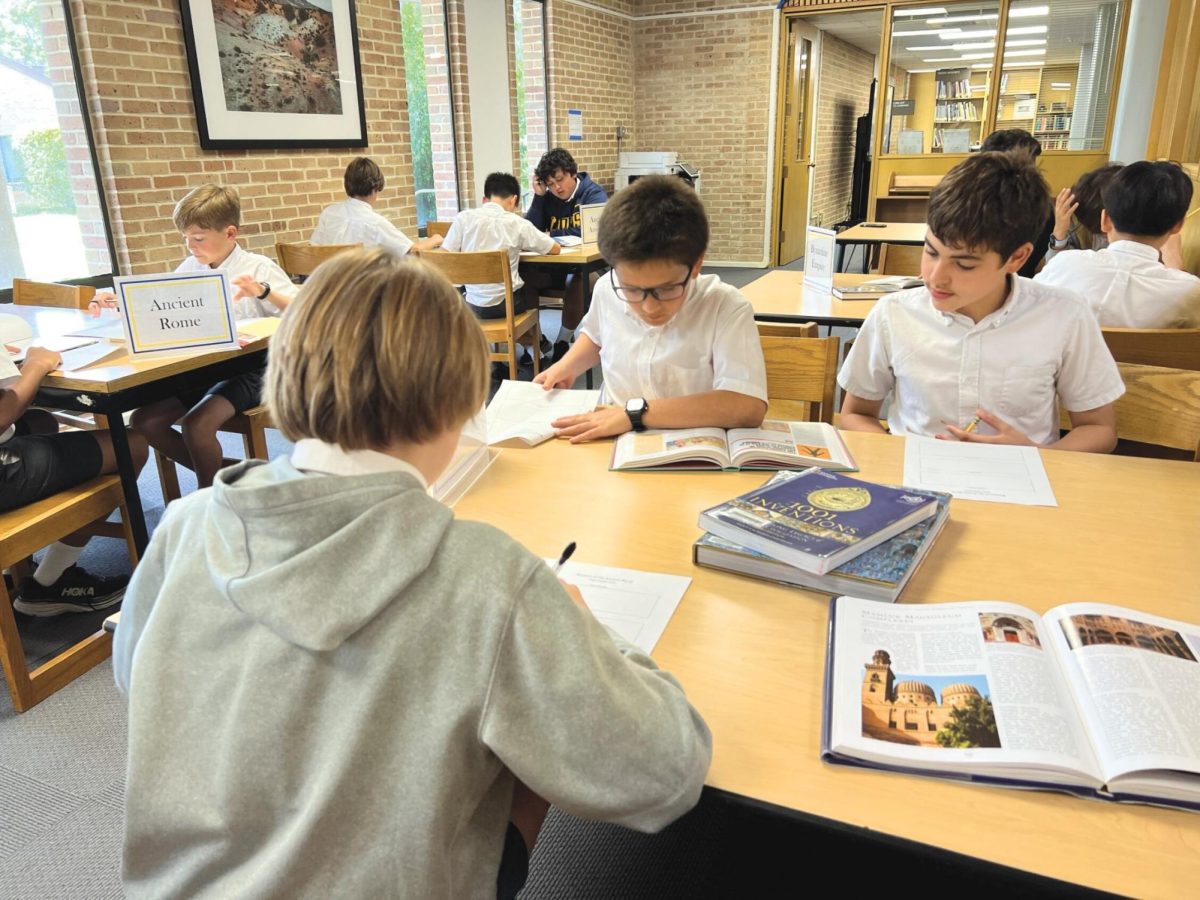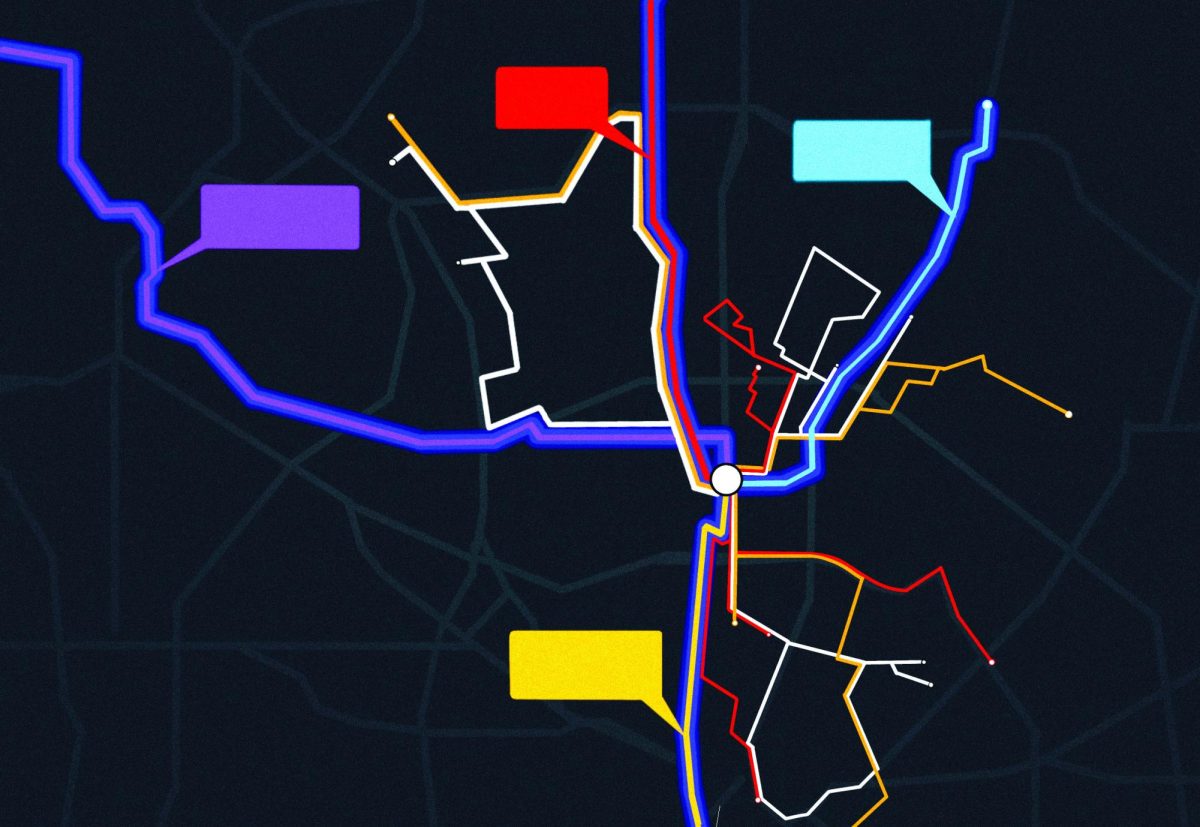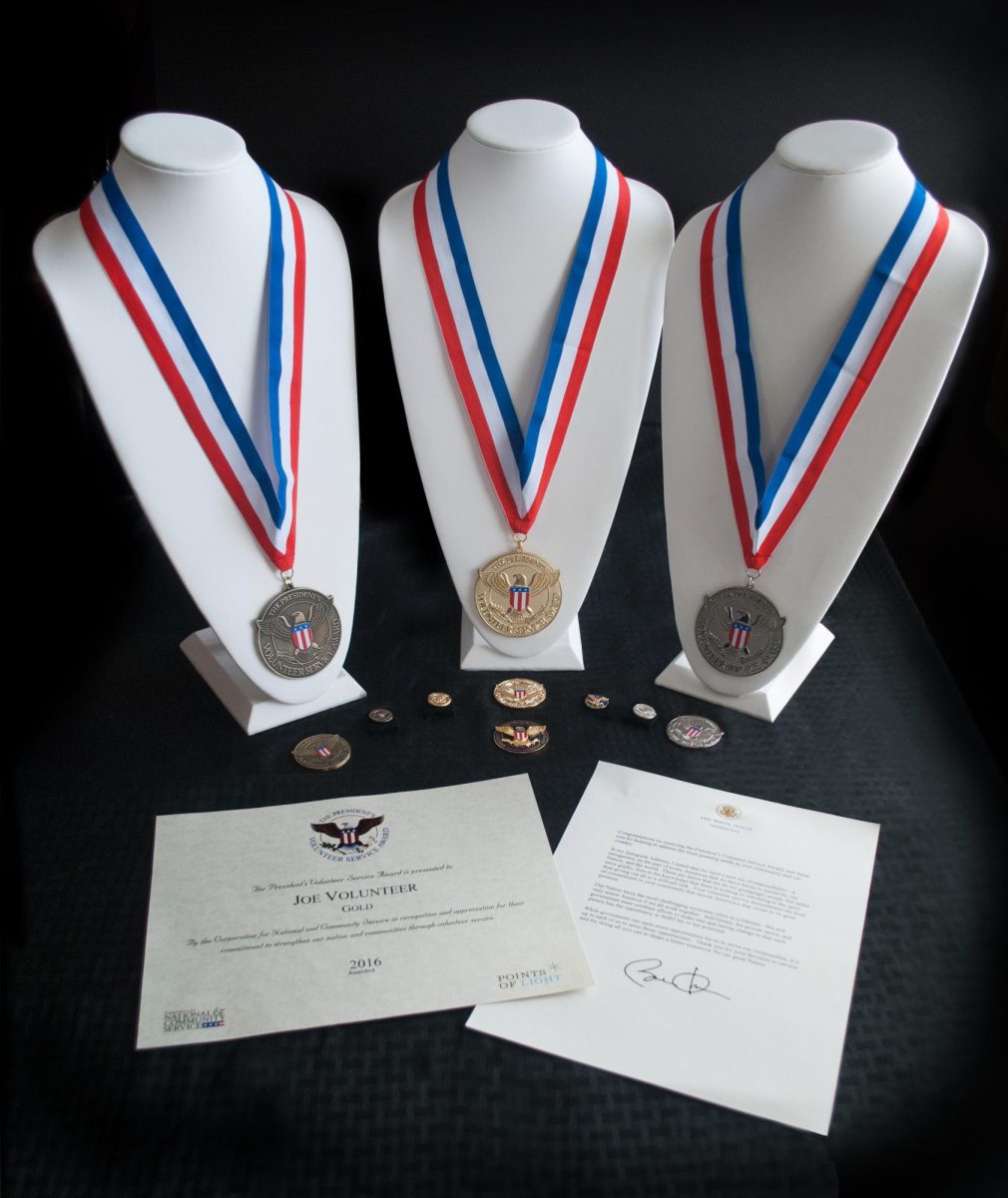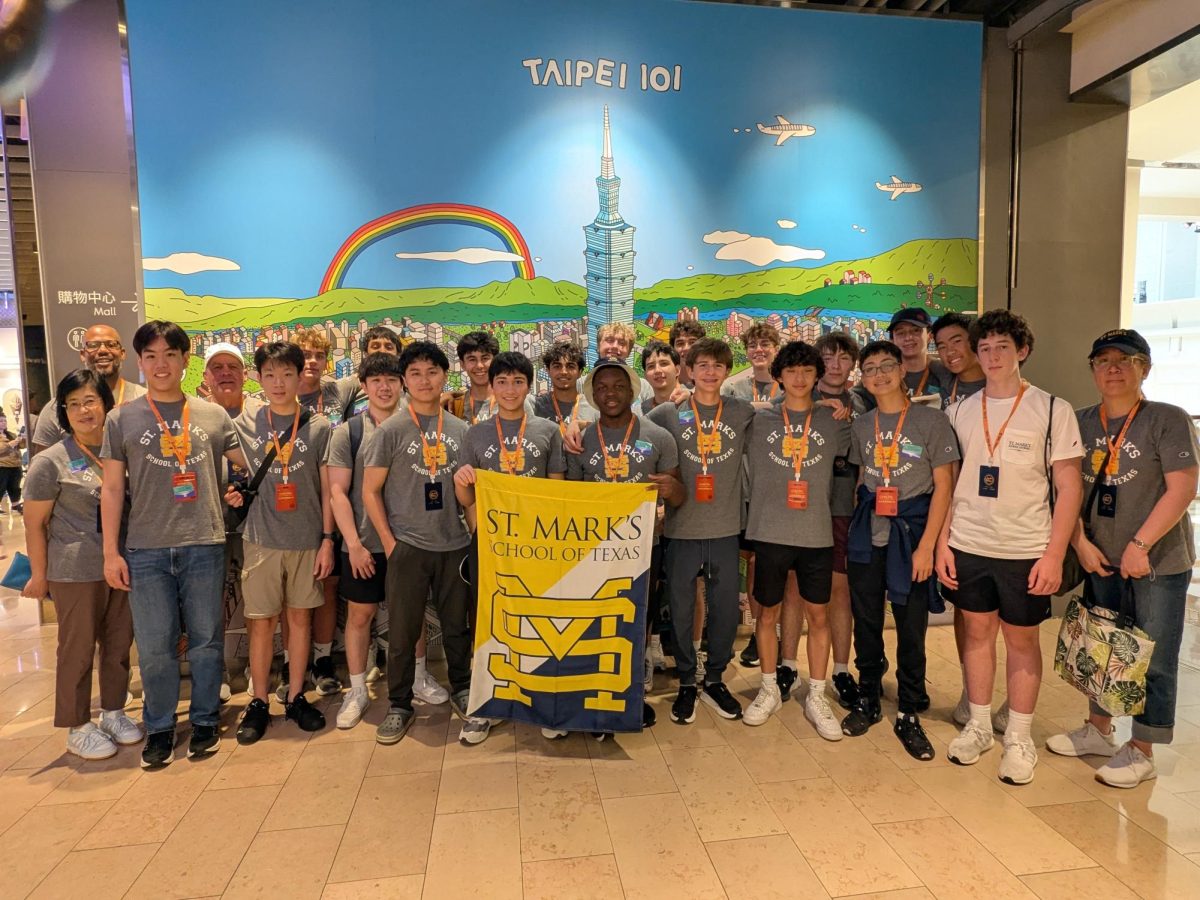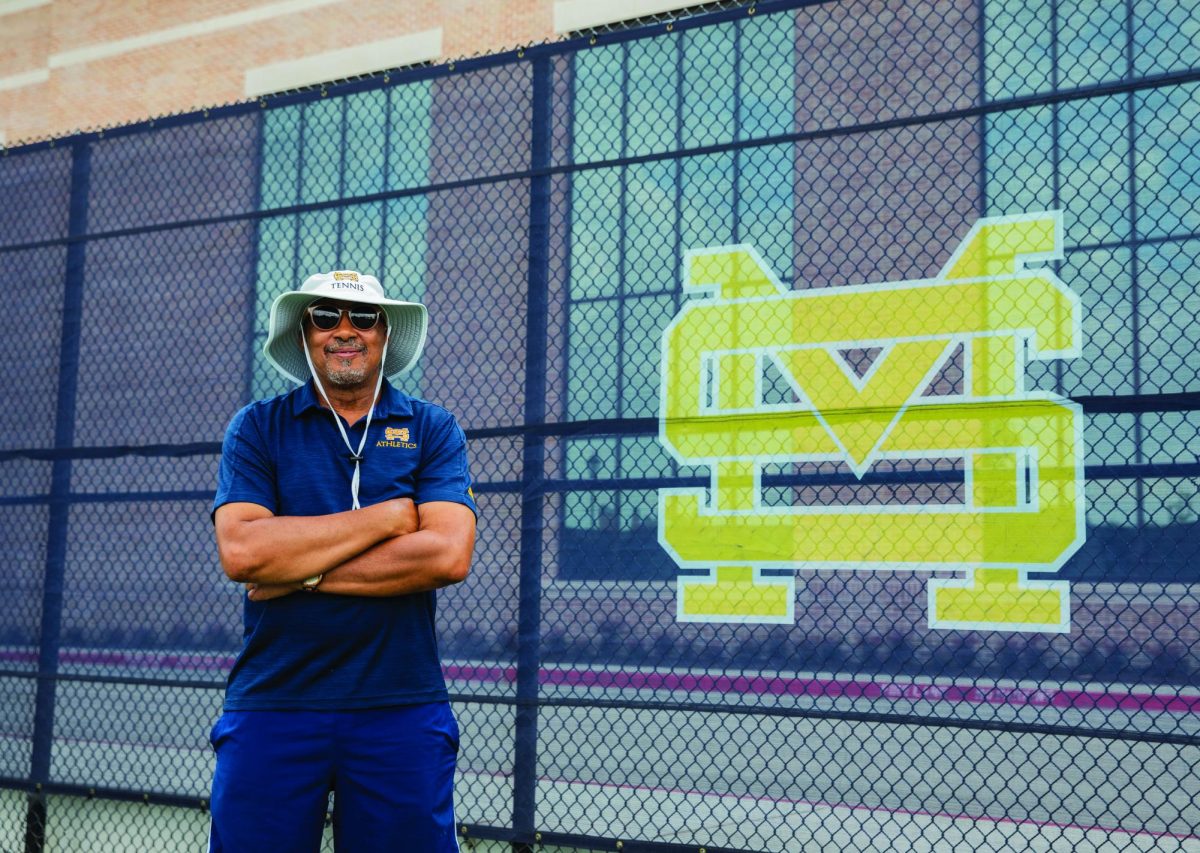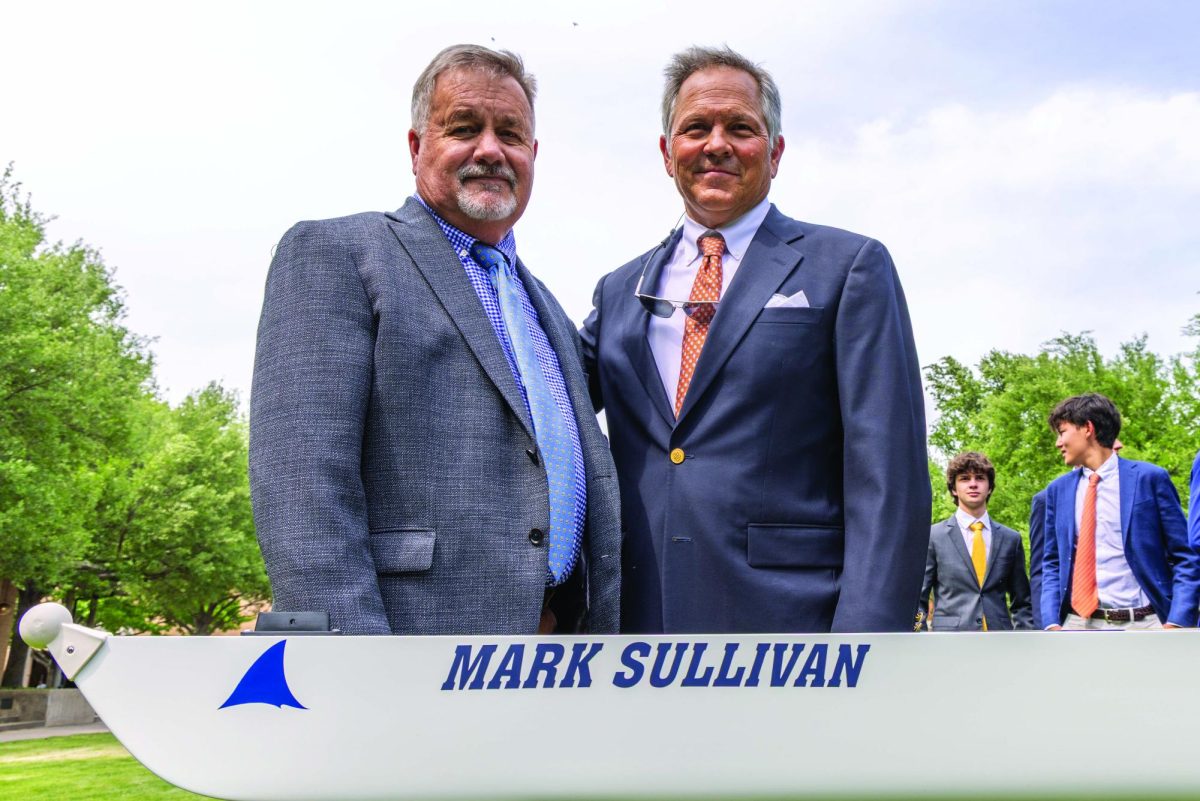When senior Ben Adams joined the school in first grade, the first place that caught his eye was the Lower School Library. He spent hour after hour lounging about, his face buried in a book.
After the move into Middle School, he received his first computer. He still went by the Green Library, but more often to socialize. Most of the time, it was easier to read online.
When he entered Upper School, he stopped reading for fun. There simply was no time.
Adams’ experience is nearly universal. According to findings from the NAEP (National Assessment of Educational Progress), the number of 13-year-olds who read for fun every day has gone down from 30 percent in 2004 to 14 percent in 2023. Similar declines have been observed in younger students as well, and since the pandemic, the trend has not shown any sign of stopping.
According to Director of Libraries and Information Services and current president of the Association of Independent School Libraries (AISL) Tinsley Silcox, some of these changes naturally happen as students get older.
“Recreational reading really sort of drops off when you get more and more involved in your academics,” Silcox said. “Your first grade and second grade students are beginning readers, so they check out less than the third and fourth-graders. The biggest use of the library as far as checking out books to read are the middle schoolers.”
Screen time has also affected checkouts: since the pandemic, students have been gaining access to screens at younger ages, leading to an early turnoff from physical material. This, however, has led to increases in checkouts of e-books and audiobooks.
“As more people become aware of that, they realize that they can check out books from the library and have them on their phone,” Silcox said. “They can listen in the summer while they’re sitting on the beach, or on a walk in the mornings. So we’ll see an increase mostly in electronic checkout by e-books and audiobooks, and I’m making an effort to purchase more for recreational and summer reading.”
Younger students, particularly those between the ages of 8 and 12, prefer fiction books to nonfiction books. Book length also affects the number of checkouts: books in the Lower School library tend to be shorter, and so Lower School students end up checking out books more often, though they might be consuming the same amount of content as their Middle School counterparts.
Upper School students, however, according to Silcox, typically only check out physical books from the Cecil and Ida Green Library whenever they are assigned a research project, preferring instead e-books and audiobooks when it comes to recreational reading because of ease of access. Convenience also plays a large role in how students approach research.
“The databases that we have here rival those of most small colleges and universities, and I spend a tremendous amount of my budget on just acquiring these databases,” Silcox said. “JSTOR’s probably one of our most expensive subscriptions but it’s also one of our most used resources, because what those databases do is they merge everything. What you can’t get from a print book, you get from a trivial search.”
For history teacher Michele Santosuosso, the resources in the library are essential for her class’ history papers. Since analyzing history entails the need for several sources, students are obligated to find reliable online and physical sources from the library.
Due to the pandemic, however, students were unable to check out books for a long period of time, so Santosuosso cut her physical book requirement. Luckily, students were able to access online assets.
“Part of research is knowing the reliability (of a source),” Santosuosso said. “If you’re actually going to make an argument for a history paper, your argument needs to be based on reliable resources, and we have access to (those kinds of) academic sources.”
Outside of academics, Silcox and the library staff have worked tirelessly since the end of the pandemic to ensure that the library continues to be a popular community destination.
“It’s the place where you can come if you want to play a game of chess, work on a crossword puzzle, or read a magazine on paper,” Silcox said. “It’s where people come for quiet study or to check out a room to have a lively discussion about a topic that you’re working on. And I want to remind people that we’re here, and all you have to do is ask.”


